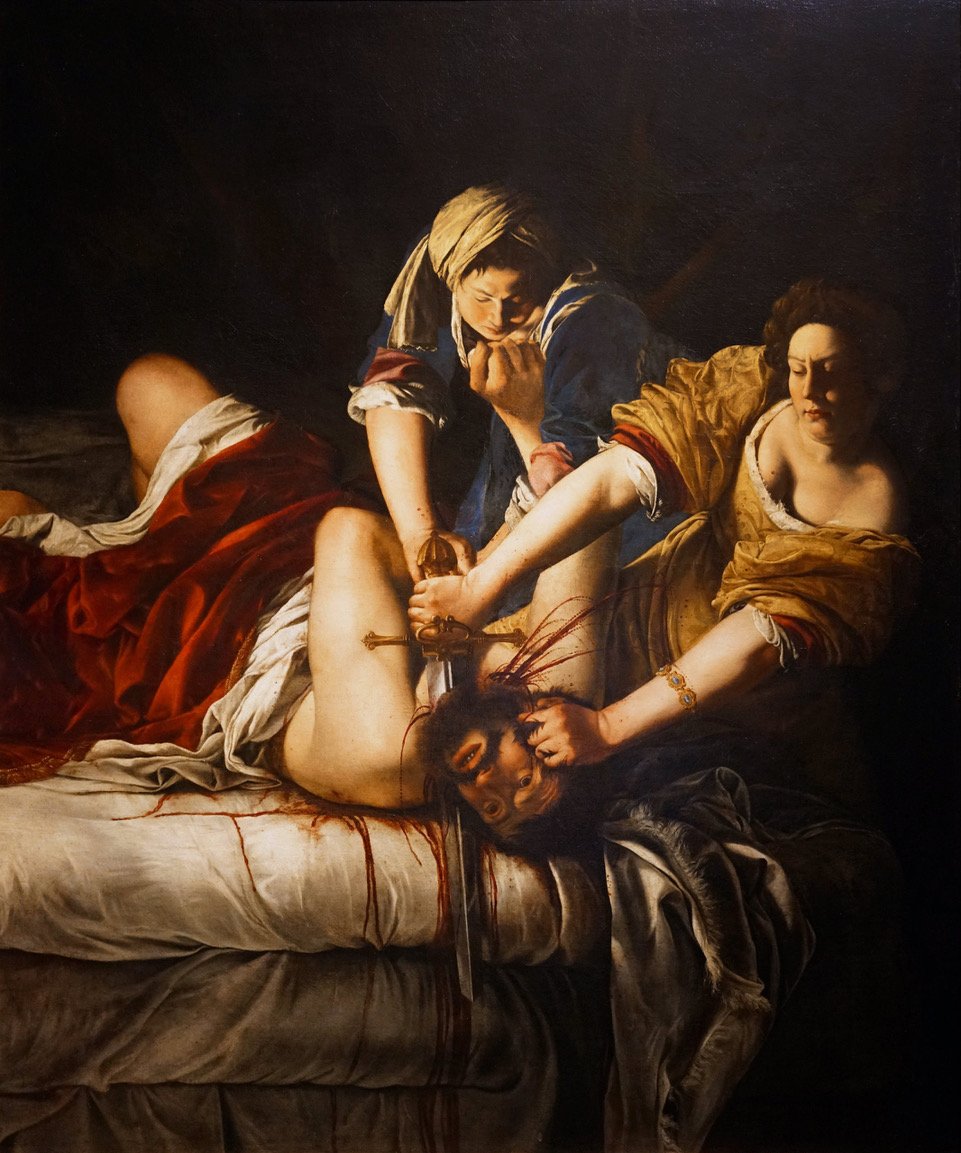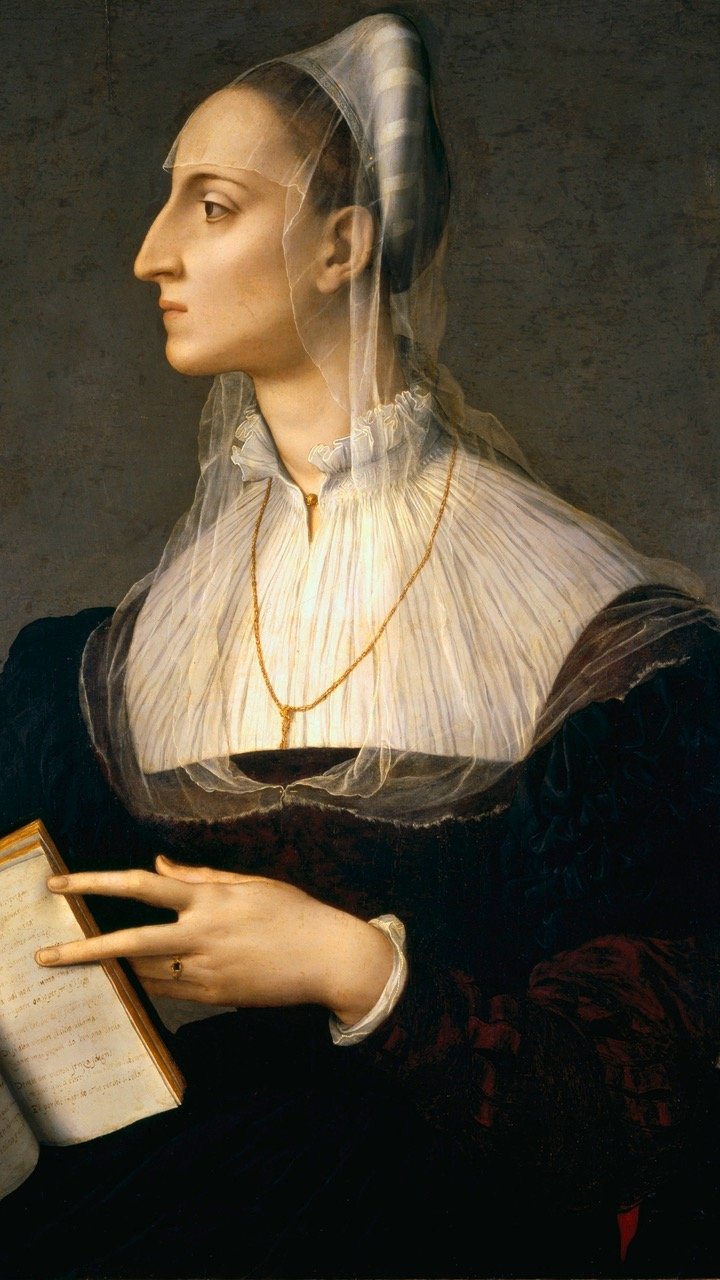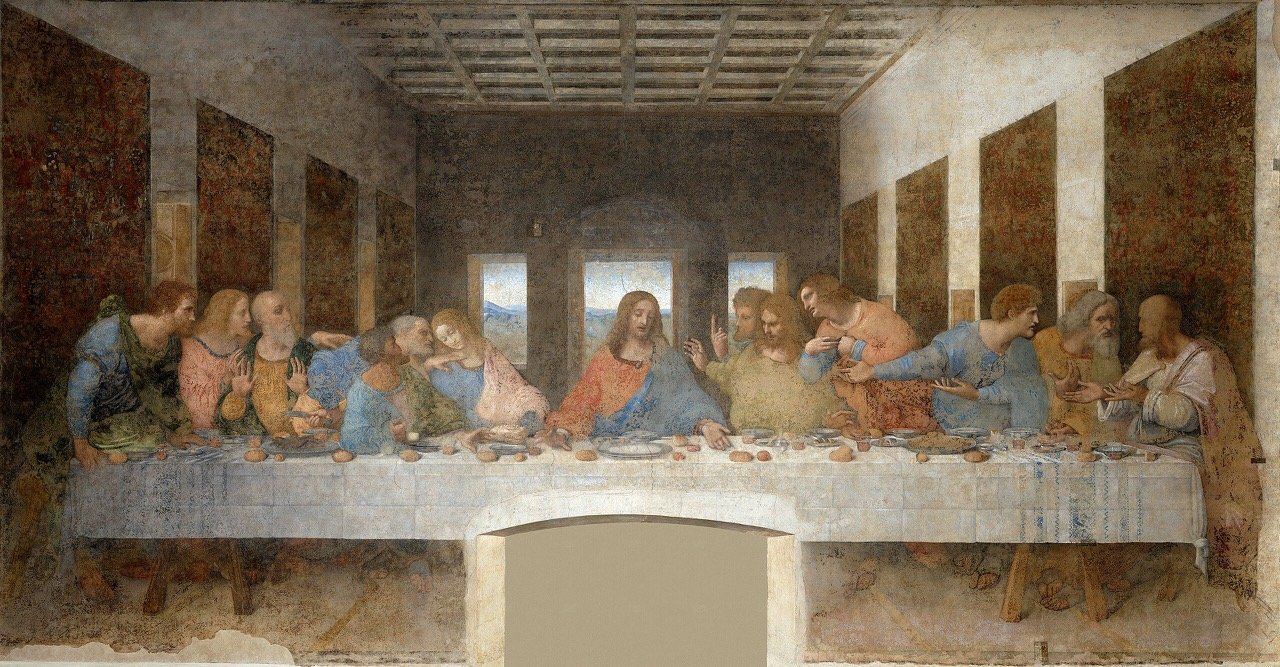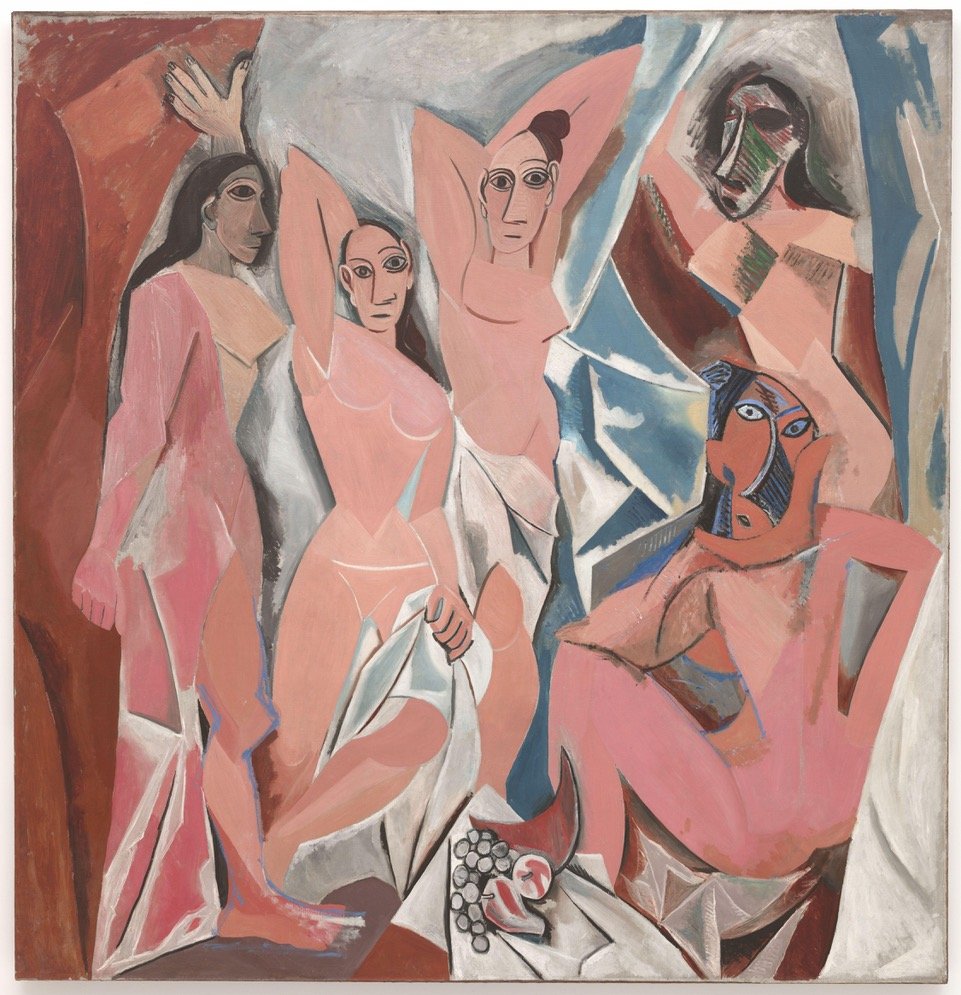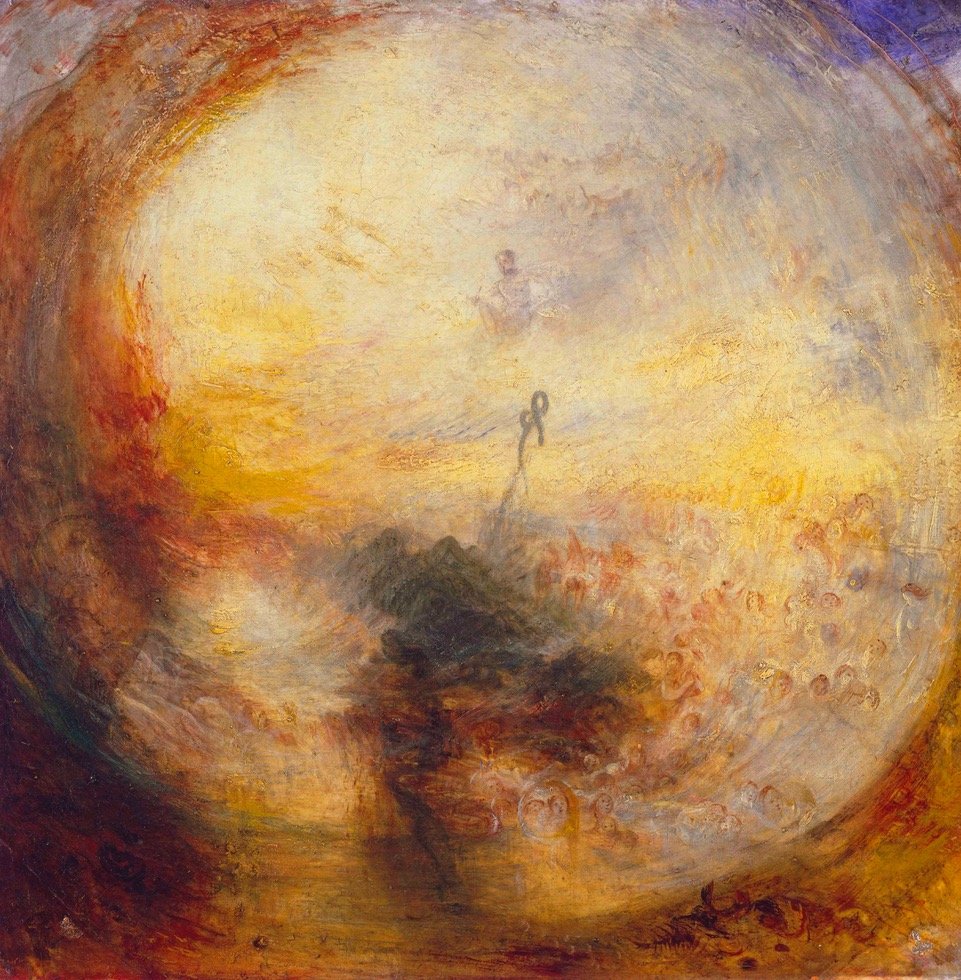
LIVES OF THE ARTISTS
Words By
Jonathan Levi
Music By
Mel Marvin
In 1568, Giorgio Vasari’s LIVES OF THE ARTISTS hit the bookstalls of Florence like a spring flood, defining a new word for a world crawling out of the Middle Ages–Renaissance. A gossipy riff on his artist-buddies Michelangelo, Raphael, Botticelli, and their models, collectors, and critics, Vasari’s LIVES has entertained and educated for half a millennium.
_______________________
Listen To Full Album On:
Album Features
Vocals
Chuck Cooper, Lilli Cooper,
Aisha de Haas, Darius de Haas
Santino Fontana, Ben Jones,
Leslie Rodriguez Kritzer,
Judy Kuhn, Elizabeth Ward Land,
Veronica Mansour,
Betsy Morgan, Patrick Page
Guitars – Ted Stafford, Bernd Schoenhart, Gary Maurer
Bass – Yuka Tadano, George Rush
Keyboards – Greg Pliska
Drums – Mark Brotter
Percussion – Aaron Latos
Flute & Clarinet – Peter Hess
Saxophone – Andy Snitzer
Trumpet & Flugelhorn – Jim Hynes
Trombone – Mike Davis
Violins – Cenovia Cummins, Rachel Handman
Viola – Hiroko Taguchi
Cello – Kate Spingarn
Beats – Dahlak Brathwaite
Produced by Greg Pliska
Recorded and mixed by Gary Maurer
Recorded at Sear Sound, Manhattan
Sear Sound Staff Engineers – Maximilian Troppe, Jasper Leach and Steven Sacco
Mixed at Figure 8 Studios, Brooklyn
Figure 8 Staff Engineer – Max Hare
Mastered by Oscar Zambrano at Zampol Productions
Production Coordinator – Jackie Andresen
Special thanks to Roberta Findlay
Executive producers – Mel Marvin, Jonathan Levi
Songs
For Artwork and Music Click on Song Titles
6.
The Baker’s Daughter - Raphael
7.
Venus - Botticelli
8.
Angel of the Flood - Cimabue
9.
Just Collect - Peggy Guggenheim
10.
Inappropriate - Gauguin, Picasso
11.
Where is Light? - Vermeer, Turner
Painting on the Ceiling - Michelangelo
Perfect Madonna - Filippo Lippi
2.
How Many Heads - Gentileschi, Caravaggio
3.
Fire and Ice - Bronzino
4.
Last Supper - Leonardo da Vinci
5.
“Painting on the Ceiling”
Sistine Chapel Ceiling: The Creation of Adam – Michelangelo
Vocal – Santino Fontana
Guitars – Ted Stafford, Bernd Schoenhart
Bass – Yuka Tadano
Piano – Greg Pliska
Drums – Mark Brotter
Tenor saxophone – Andy Snitzer
Violins – Cenovia Cummins, Rachel Handman
Viola – Hiroko Taguchi
Cello – Kate Spingarn
Strings arranged by Mel Marvin
These frescos were done with the greatest discomfort, for he had to stand there working with his head tilted backwards, and it damaged his eyesight so much that he could no longer read or look at drawings if his head was not tilted backwards; his condition lasted for several months afterwards – Vasari, Lives of the Artists
“Perfect Madonna”
Madonna and Child – Filippo Lippi
Vocals – Veronica Mansour
Guitars – Ted Stafford
Bass – George Rush
Drums – Mark Brotter
Percussion – Aaron Latos
Dulcimer sample – Greg Pliska
Clarinet – Peter Hess
Cello – Kate Spingarn
Clarinet and cello arranged by Greg Pliska
In Prato, near Florence, having been commissioned by the Nuns of S. Margherita to paint the panel of their high-altar, there came before his eyes a daughter of Francesco Buti, a citizen of Florence, who was living there as a ward or as a novice. Having set eyes on Lucrezia (for this was the name of the girl), who was very beautiful and graceful, Fra Filippo contrived to persuade the nuns to allow him to make a portrait of her for a figure of Our Lady in the work that he was doing for them. With this opportunity he became even more enamored of her, and then wrought upon her so mightily, what with one thing and another, that he stole her away from the nuns. Whereupon the nuns were greatly disgraced by such an event, and her father, Francesco, who never smiled again, made every effort to recover her; but she, either through fear or for some other reason, refused to come back–nay, she insisted on staying with Filippo, to whom she bore a male child, who was also called Filippo, and who became, like his father, a very excellent and famous painter. – Vasari, Lives of the Artists
“How Many Heads”
Judith Slaying Holofernes – Artemisia Gentileschi
David with the Head of Goliath – Caravaggio
Artemisia Gentileschi is considered among the most accomplished 17th-century artists. In an era when women had few opportunities to pursue artistic training or work as professional artists, Gentileschi was the first woman to become a member of the Academy in Florence. Many of Gentileschi’s paintings feature women from myths, allegories, and the Bible. Her achievements as an artist were long overshadowed by the story of Agostino Tassi raping her when she was a young woman and Gentileschi being tortured to give evidence during his trial.
Vocals – Aisha de Haas, Darius de Haas
Guitars – Ted Stafford, Bernd Schoenhart
Bass – Yuka Tadano
Piano – Greg Pliska
Drums – Mark Brotter
Synth programming – Kris Kusnierz, Mel Marvin, Greg Pliska
Twenty years older than Artemisia, Caravaggio developed a considerable name both as an artist and as a violent, touchy and provocative man. He killed Ranuccio Tommasoni in a brawl, which led to a death sentence for murder and forced him to flee Rome for Naples. In 1609, he was involved in a violent clash and his face was disfigured. He died in 1610 reportedly of a fever, but suggestions have been made that he was murdered or that he died of lead poisoning.
“Fire and Ice”
Portrait of Laura Battiferri – Bronzino
Vocal – Judy Kuhn
Guitar, mandolin – Ted Stafford
Bass – George Rush
Drums – Mark Brotter
Trumpets – Jim Hynes
Violins – Cenovia Cummins, Rachel Handman
Viola – Hiroko Taguchi
Cello – Kate Spingarn
Synth programming – Kris Kusnierz, Mel Marvin, Greg Pliska
Strings and trumpet arranged by Greg Pliska and Mel Marvin
In addition to being a painter, Bronzino was also a poet, and his most personal portraits are those of other literary figures such as that of his friend the poet Laura Battiferri.
“Last Supper”
The Last Supper – Leonardo da Vinci
Vocal – Patrick Page
Electric piano – Greg Pliska
Flute, clarinet – Peter Hess
Trumpet – Jim Hynes
Tenor saxophone – Andy Snitzer
Trombone – Mike Davis
Music by Mel Marvin and Dahlak Brathwaite
Programming – Dahlak Brathwaite
Horns arranged by Greg Pliska
Da Vinci painted The Last Supper in tempera, a mixture of pigment and egg yolk. Soon after the painting was completed in 1498 it began to deteriorate. As early as 1517, the painting was starting to flake. By 1556 – fewer than sixty years after it was finished – Vasari described the painting as reduced to a “muddle of blots” so deteriorated that the figures were unrecognizable. In 1652, a doorway was cut through the painting and later bricked up. In 1768, a curtain was hung over the painting intended for its protection; the curtain instead trapped moisture on the surface, and whenever it was pulled back, it scratched the flaking paint.
A first restoration was attempted in 1726, another in 1770. In 1796, French revolutionary anti-clerical troops used the refectory as an armory and stable. They threw stones at the painting and climbed ladders to scratch out the Apostles’ eye. In 1821, Stefano Barezzi, an expert in removing whole frescoes from their walls intact, was called in to remove the painting to a safer location; he badly damaged the center section before realizing that Leonardo’s work was not a fresco. Barezzi then attempted to reattach damaged sections with glue.
On 15 August 1943, the refectory was struck by Allied bombing. A major restoration project to stabilize the painting and reverse the damage caused by dirt, pollution, and the eighteenth- and nineteenth-century restoration attempts took 21 years. On 28 May 1999, the painting was returned to display. Visitors were required to book ahead and could only stay for 15 minutes. When it was unveiled, considerable controversy was aroused by the dramatic changes in colors, tones, and even some facial shapes.
Nevertheless, half-a-million people visit Da Vinci’s Last Supper every year. – from Wikipedia
“The Baker’s Daughter
La Fornarina – Raffaello Sanzio (Raphael)
Vocal – Leslie Kritzer
Backing vocals – Veronica Mansour, Elizabeth Ward Land
Guitars – Bernd Schoenhart, Ted Stafford
Bass – Yuka Tadano
Piano, organ – Greg Pliska
Drums – Mark Brotter
Percussion – Aaron Latos
Trumpet – Jim Hynes
Tenor saxophone – Andy Snitzer
Trombone – Mike Davis
Horns arranged by Greg Pliska
Meanwhile, pursuing his amours in secret, Raffaello continued to divert himself beyond measure with the pleasures of love; whence it happened that, having on one occasion indulged in more than his usual excess, he returned to his house in a violent fever. The physicians, believing that he had overheated himself, and receiving from him no confession of the excess of which he had been guilty, imprudently bled him, insomuch that he was weakened and felt himself sinking; for he was in need rather of restoratives. – Vasari, Lives of the Artists
“Venus”
The Birth of Venus – Botticelli
Vocal – Elizabeth Ward Land
Backing vocals – Veronica Mansour, Elizabeth Ward Land
Electric guitar – Bernd Schoenhart
Acoustic guitar – Ted Stafford
Lead guitar – Gary Maurer
Bass – Yuka Tadano
Rhodes – Greg Pliska
Drums – Mark Brotter
1453 – Birth of Simonetta Vespucci
1476 – Simonetta buried in Chiesa di San Salvatore Ognissanti, Florence
1485 – Botticelli paints Birth of Venus, modeled on his memory of Simonetta
1510 – Per his will, Botticelli buried at the foot of Simonetta’s tomb in Chiesa di San Salvatore, Ognissanti
“Angel of the Flood”
Crucifixion – Cimabue
Lead vocal – Ben Jones
Guitar – Ted Stafford
Baritone guitar – Bernd Schoenhart
Bass – Yuka Tadano
Organ – Greg Pliska
Drums – Mark Brotter
Heaven Bell – Mel Marvin
On the Fourth of November 1966, the water from the river Arno surged through the historic streets of Florence, resulting in a number of human fatalities and ruining millions of paintings, sculptures, manuscripts, and archival documents, including Cimabue’s Crucifix (c. 1265) and Giorgio Vasari’s The Last Supper (c. 1546-1547). Today, the partially restored Crucifix stands resurrected in the church of Santa Croce, a symbol of the dedication of restorers and the amateur Flood Angels who rescued flakes of pigment and gold leaf from the oily waters.
“Just Collect”
Study After Velásquez’s Portrait of Pope Innocent X – Francis Bacon
Vocal – Betsy Morgan
Industrial percussion – Aaron Latos
Violins – Cenovia Cummins, Rachel Handman
Viola – Hiroko Taguchi
Cello – Kate Spingarn
Strings arranged by Greg Pliska
The main attraction of the 1948 Venice Biennale, the first after the War, was not to be found in any of the national pavilions, but in the astonishingly wide-ranging collection of modern art exhibited by one woman, the American heiress Peggy Guggenheim. She had arrived in Venice on a wave of disenchantment with her previous life in New York, where she had routinely been patronized by the city’s very male, misogynist art scene. She was also condemned for remaining uninhibitedly sexual in middle age. For much of her adult life, Peggy had been acquisitively promiscuous: her lovers included Samuel Beckett, Yves Tanguy, Marcel Duchamp and, briefly, John Cage. And when her short marriage to Max Ernst unraveled, she compensated by taking many more. Behavior that might be considered rakish in a man, however, was unacceptable in a woman of 50. – Judith Mackrell, The Guardian, May 2017
“Inappropriate”
Les Demoiselles d’Avignon – Picasso
Music by Mel Marvin and Dahlak Brathwaite
Vocal – Chuck Cooper
Backing vocals – Dahlak Brathwaite, Jonathan Levi, Mel Marvin, Greg Pliska
Bass – George Rush
Trumpet – Jim Hynes
Tenor Saxophone – Andy Snitzer
Trombone – Mike Davis
Programming – Dahlak Brathwaite
Horns arranged by Greg Pliska
CULTURAL APPROPRIATION: The adoption by one cultural group of some of the cultural forms of a different cultural group. – Oxford English Dictionary
“Where is Light
Girl Reading a Letter by an Open Window – Vermeer
Light and Color (The Morning after the Deluge) – Turner
Vocal – Lilli Cooper
Acoustic guitar – Ted Stafford
Piano – Greg Pliska
Bass – George Rush
Drums – Mark Brotter
Flute, clarinet – Peter Hess
Flugelhorn – Jim Hynes
Violins – Cenovia Cummins, Rachel Handman
Viola – Hiroko Taguchi
Cello – Kate Spingarn
Strings arranged by Greg Pliska
Light exists as a continuous everlasting beginning. Darkness, by contrast, is not, as often assumed, a finality but a prelude. – John Berger, Cataract
© Mel Marvin




